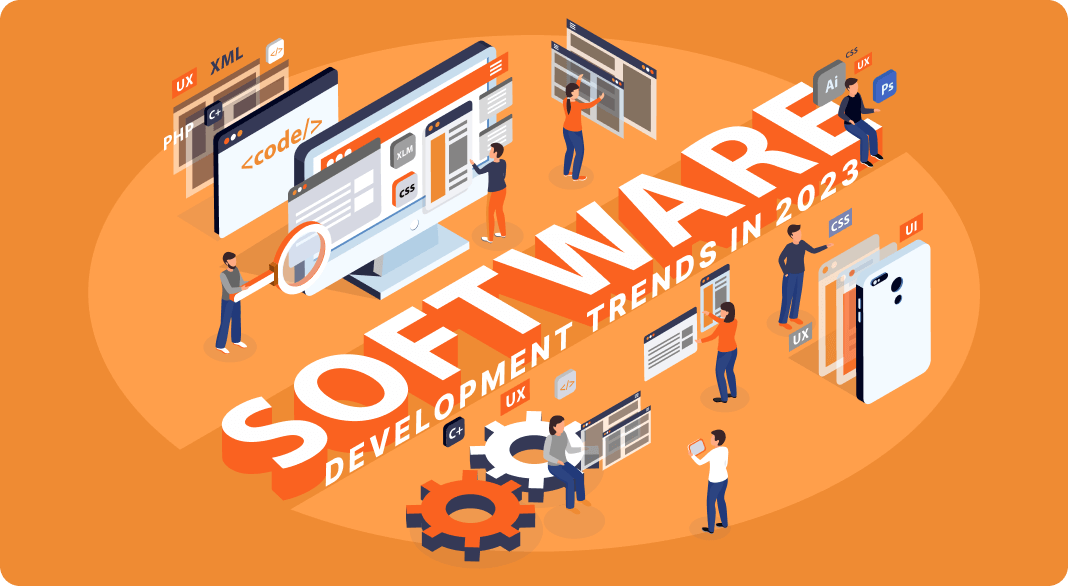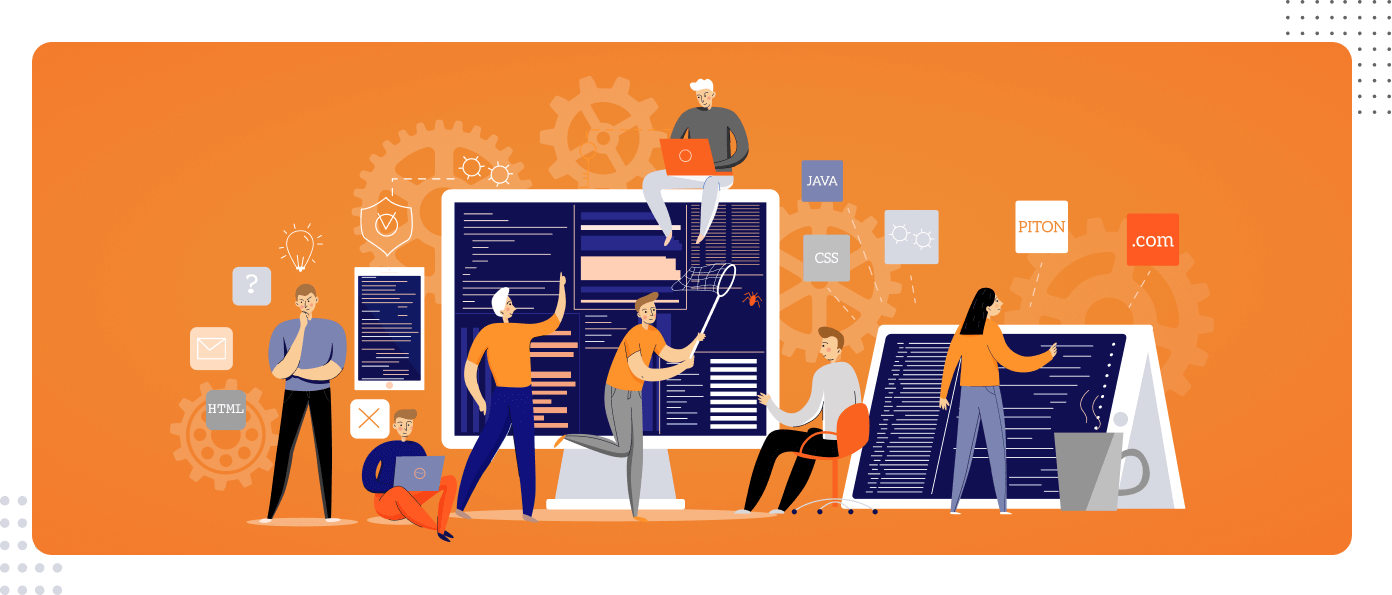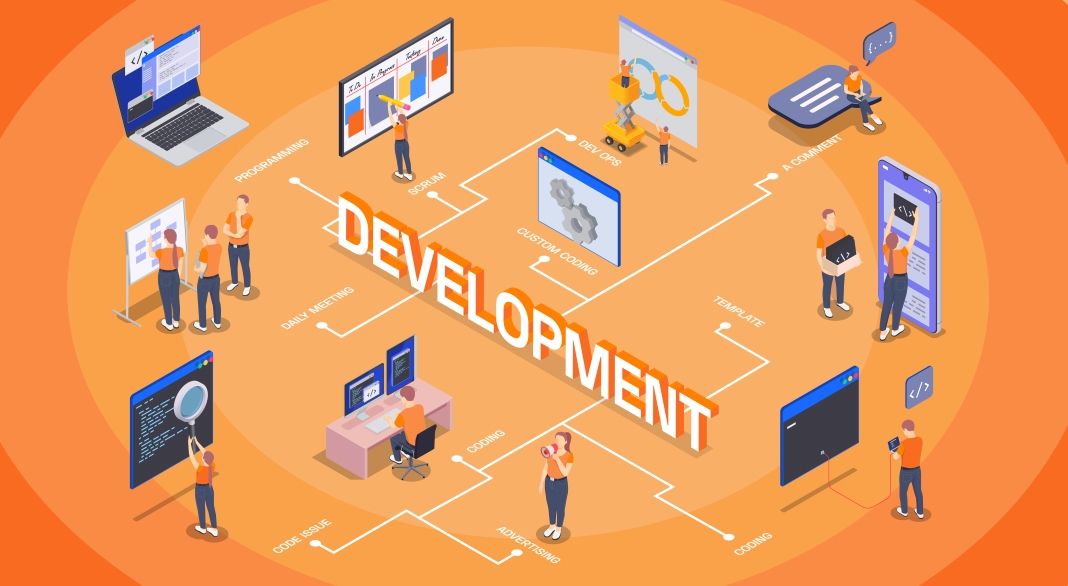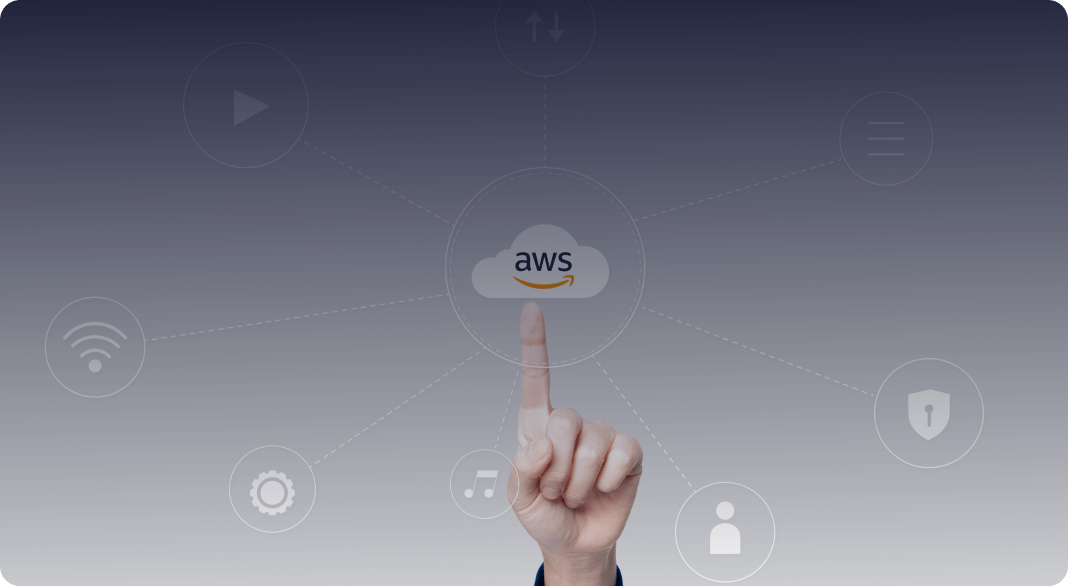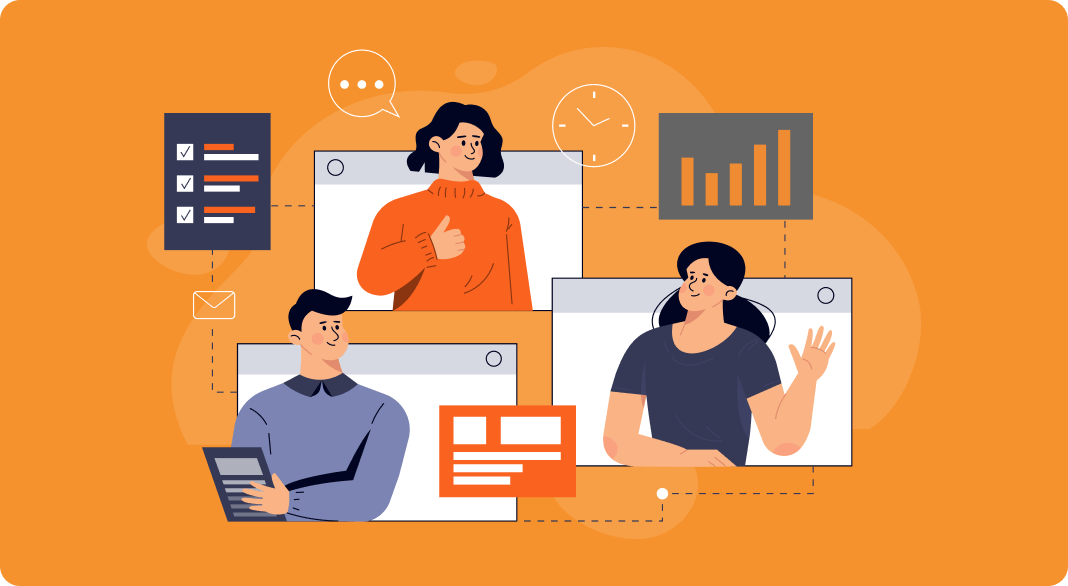The implementation of 5G connectivity is expected to be one of the top trends by 2023. This is primarily because it enables companies to fully utilize IoT ecosystems. Initially launched in 2018, the superior fifth-generation standard for mobile connectivity, known as 5G, is now becoming mainstream and promising several benefits for IoT solutions:
-
Low latency
-
High speed
-
Widespread coverage
-
Energy efficiency
With 5G networks, businesses can increase their number of connected devices and derive greater value from them. For example, IoT and 5G are driving digital transformation in areas such as municipalities, healthcare, logistics, manufacturing and more. In particular, 5G has great potential for enabling remote surgery or maintenance of industrial machinery in hazardous conditions. As a result, many companies will be able to offer new services based on real-time data processing from numerous sensors.


